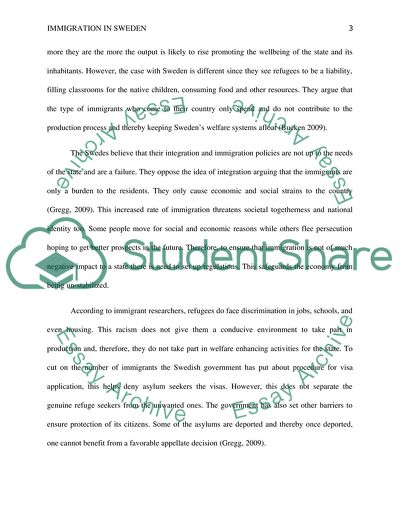Cite this document
(Immigration in Sweden Essay Example | Topics and Well Written Essays - 1500 words, n.d.)
Immigration in Sweden Essay Example | Topics and Well Written Essays - 1500 words. https://studentshare.org/history/1784943-swedens-generous-immigration-system-its-impact-on-public-welfare-during-economic-duress
Immigration in Sweden Essay Example | Topics and Well Written Essays - 1500 words. https://studentshare.org/history/1784943-swedens-generous-immigration-system-its-impact-on-public-welfare-during-economic-duress
(Immigration in Sweden Essay Example | Topics and Well Written Essays - 1500 Words)
Immigration in Sweden Essay Example | Topics and Well Written Essays - 1500 Words. https://studentshare.org/history/1784943-swedens-generous-immigration-system-its-impact-on-public-welfare-during-economic-duress.
Immigration in Sweden Essay Example | Topics and Well Written Essays - 1500 Words. https://studentshare.org/history/1784943-swedens-generous-immigration-system-its-impact-on-public-welfare-during-economic-duress.
“Immigration in Sweden Essay Example | Topics and Well Written Essays - 1500 Words”. https://studentshare.org/history/1784943-swedens-generous-immigration-system-its-impact-on-public-welfare-during-economic-duress.


